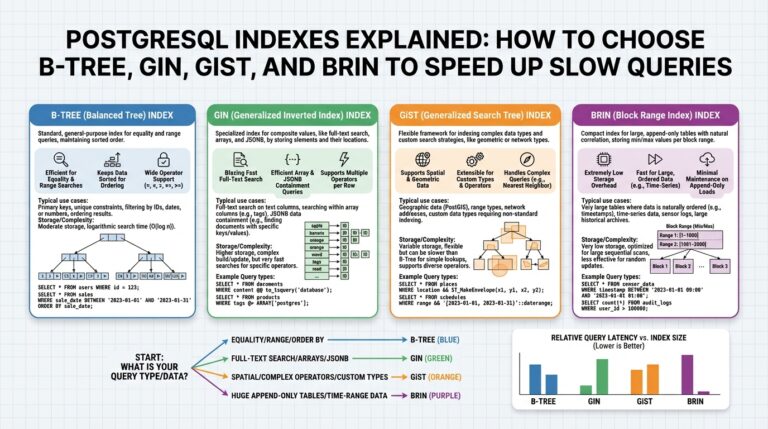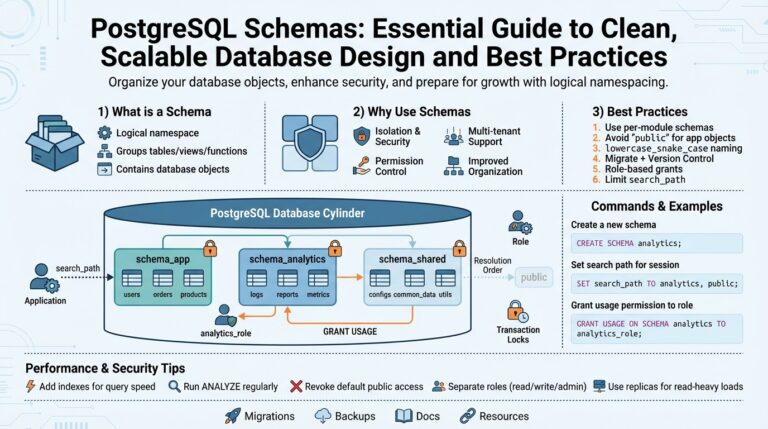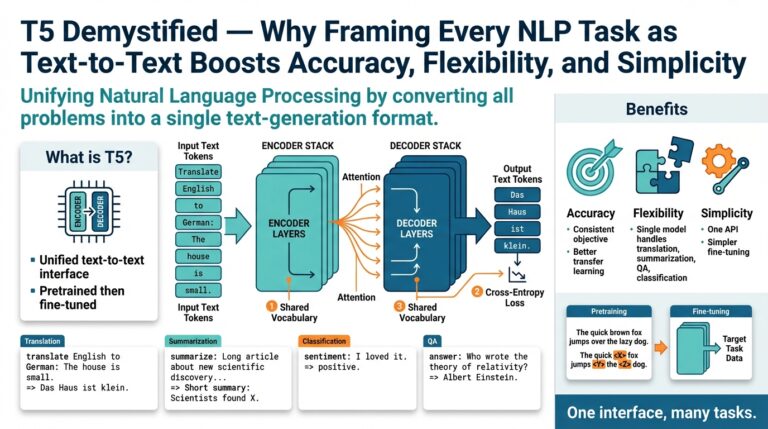Introduction to ChatGPT’s Latest Updates
Artificial intelligence is evolving at a rapid pace, and OpenAI’s ChatGPT continues to lead the way in how we interact with smart technology. With its latest updates, ChatGPT introduces a suite of cutting-edge features that push the boundaries of natural language processing and digital collaboration. These enhancements are not just technical upgrades—they’re practical improvements that reshape how individuals, professionals, and teams harness the power of AI in everyday tasks.
Many users already rely on ChatGPT for generating ideas, answering questions, and streamlining workflows. Now, the most recent changes empower you to achieve even more with less effort, showcasing OpenAI’s ongoing commitment to user feedback and technological innovation. Similar advancements across the AI field have been covered by The New York Times and analyzed by technology experts at MIT, emphasizing the vast possibilities these developments unlock for both casual and advanced users.
Each new feature aims to make digital conversations more intuitive, productive, and creative. Whether you’re using ChatGPT for research, business automation, or personal growth, these updates expand what’s possible. In the following sections, we’ll explore three groundbreaking features, breaking down how they work, step-by-step implementation tips, and real-world examples to help you get the most out of ChatGPT’s evolving capabilities.
Feature #1: Real-Time Web Access for Accurate Answers
Imagine having a chatbot that can pull precise, up-to-the-minute information right when you need it. With ChatGPT’s new real-time web access feature, that’s now a reality. Gone are the days when AI answers relied solely on information pre-dating its last training cycle. Now, ChatGPT can search the web live, so your responses can reflect current events, trending topics, breaking news, and even the latest scientific developments.
Here’s why this is a real game-changer:
- Up-to-Date Information: Need to know today’s weather in Paris or the latest cryptocurrency prices? ChatGPT’s real-time web access grabs verified, current data in seconds. For instance, if you’re curious about the latest on climate change talks, ChatGPT can reference articles from Reuters or provide summaries from Nature.
- Verifiable Sources: The chatbot provides responses with embedded links to original sources, so you can dive deeper and verify information yourself, as recommended by practitioners in media literacy (Stanford University’s research underscores the importance of fact-checking in the age of digital misinformation).
- Dynamic Interaction: Ask ChatGPT for recent sports scores, product reviews, or governmental policy updates, and it will scour the web for the most recent, reputable updates, just like you would—only faster.
How To Use This Feature
- Pose Your Query: Ask ChatGPT something time-sensitive, such as “What are the current travel restrictions for Japan?”
- Review the Sources: When ChatGPT pulls in web content, check the cited links—these typically lead to reputable outlets like BBC or government websites like the U.S. Department of State.
- Stay Informed: Use this real-time ability to make business decisions, plan travel, or stay current in rapidly changing industries—from tech and finance to healthcare, just like industry analysts do (Gartner provides similar real-time insights, for example).
This feature not only enhances accuracy, but also boosts your confidence in AI-generated responses by rooting answers in real, timely evidence. Whether for personal curiosity, business strategy, or academic research, real-time web access opens a world of trustworthy, current information right at your fingertips.
Feature #2: Enhanced Image Recognition Capabilities
One of the most exciting recent advancements in ChatGPT is its enhanced image recognition capabilities, taking AI interaction beyond just text. This feature empowers users to upload images and receive detailed analyses, explanations, or even creative outputs based on their visual content. It is a significant leap that positions ChatGPT as a versatile tool for both professionals and casual users.
Here’s how this technology is transforming the experience:
- Accurate Object and Scene Identification: ChatGPT can now recognize and interpret complex scenes and objects in your photos. For example, upload an image of a cityscape, and ChatGPT can identify prominent landmarks, suggest the location, and provide historical insights. This has valuable implications for education and travel planning alike. Learn more about image recognition fundamentals from Google AI’s introduction to image recognition.
- Step-by-Step Problem Solving: Have a complex math equation or handwritten notes? Simply snap a photo and upload it. ChatGPT’s image recognition doesn’t just transcribe—it analyzes. For math, it’ll walk you through the solving process, and for handwritten notes, it can transcribe and even summarize content. This capability is particularly useful for students and educators; for example, Education Next breaks down how AI is transforming learning.
- Visual Content Creation and Editing: Artists and designers can leverage ChatGPT for inspiration. Upload a sketch, and ask ChatGPT to suggest color palettes or art styles. This interactive creativity turbocharges brainstorming sessions and accelerates the early stages of design. For those curious about the technology’s artistic applications, view insightful research at Creative Bloq’s overview on AI in art history.
How to Use Enhanced Image Recognition:
- Open a ChatGPT session using a platform that supports image uploads.
- Click the attachment or image icon and select your file (supported formats are usually JPG, PNG, or GIF).
- Describe what you want ChatGPT to analyze or assist with. For example: “Can you identify the objects in this image?” or “Please solve the math problem in this photo.”
- Review the AI-generated output, which will usually include step-by-step reasoning or reference information based on the image content.
This seamless marriage of visual and textual understanding marks a new era for AI-powered productivity. Whether you’re exploring new places, learning, solving problems, or designing, ChatGPT’s enhanced image recognition opens a broader horizon for practical and creative innovation. For an in-depth technical guide, you can visit MIT’s essential piece on how machine learning recognizes images.
Feature #3: Personalized Memory for Smarter Conversations
One of the most transformative additions to ChatGPT is its new Personalized Memory feature. This tool fundamentally changes the way you interact with AI, paving the way for deeper, smarter, and more meaningful conversations over time.
In the past, your chats with AI were essentially reset after each session. Every time you started a new conversation, you had to reintroduce yourself, repeat key preferences, or remind ChatGPT about your ongoing projects. Now, with Personalized Memory, ChatGPT gradually builds a nuanced understanding of your communication style, interests, and recurring topics—making every conversation feel like it’s picking up right where you left off.
How does it work?
- Automatic Learning: As you interact, ChatGPT automatically remembers important details (if you permit it), such as your favorite news sources, dietary restrictions, or even the tone you prefer in written responses. You can also view and manage what ChatGPT remembers for complete transparency and control. For insight into responsible AI development and user privacy, check OpenAI’s official announcement.
- Personalized Recommendations: If you frequently ask about travel, ChatGPT starts to learn your preferred destinations or travel times. Next time you want a recommendation or itinerary, the suggestions will be more tailored and insightful, providing advice that feels handpicked just for you. This mirrors how personal assistants in real life remember and anticipate needs.
- Enhanced Productivity: No more repeating details about your ongoing writing projects, academic papers, or fitness goals. ChatGPT can keep track of your goals and progress, making follow-up discussions richer and more efficient. If you’re interested in the technical approaches behind memory in AI, Stanford’s research on AI memory systems provides a deep dive.
Practical Example
Imagine you’re using ChatGPT for language learning. On the first day, you share that you’re an intermediate Spanish learner focusing on business vocabulary. A week later, you ask for a conversation practice about negotiating a contract. Rather than needing to explain your background again, ChatGPT immediately aligns its prompts to your level—making your learning time far more effective and personalized.
This new memory feature is opt-in and designed with privacy in mind. You can review or delete memories at any time, ensuring you control what’s remembered about you. For users who value a truly personal experience without sacrificing control or privacy, this upgrade is a game-changer, setting a new benchmark for how AI helpers integrate seamlessly into daily routines.
How to Access and Use These New Features
Gaining access to the newest ChatGPT features is easier than ever, but maximizing their value requires knowing where and how to find them. Here’s a comprehensive guide to help you unlock these powerful tools, make the most of each feature, and integrate them into your workflow.
1. Ensuring You Have Access to Latest Updates
First, it’s important to be on a compatible ChatGPT plan—many new features are exclusive to ChatGPT Plus or enterprise-level subscriptions. Start by checking your account:
- Log into your ChatGPT dashboard at chat.openai.com.
- Look for any prompts or banners about new features or updates—these often indicate access to beta releases or special capabilities.
- Go to your Settings and check the “Beta features” section to enable new options as they’re rolled out. OpenAI frequently provides an explanation of what’s included (OpenAI Help Center).
- If you don’t see the features, consider upgrading your plan or checking the official documentation for detailed eligibility information.
2. Navigating and Enabling New Features in ChatGPT
Once you have the right plan, it’s time to activate and explore the features themselves. Here’s how to get started and what to look for:
- Feature Tabs: New tools are often presented as separate tabs or icons in the interface. For instance, features like advanced data analysis, code interpreter, or additional plugins usually appear in the sidebar or within a new chat window.
- Settings Toggle: Navigate to your settings by clicking on your profile or the three-dot menu. Under “Settings & Beta,” you’ll find toggles for options like “Advanced data analysis,” “Browse with Bing,” or “Plugins.” Switch them on to make them available in your chats. For detailed step-by-step instructions, visit this Engadget guide.
- Access Permissions: Some features (like browsing or using plugins) may request additional browser permissions. Make sure to grant access, as these tools often need to pull data from the web or analyze documents you upload.
Pro Tip: Experiment by opening a new chat and selecting the desired mode, such as “Browse with Bing” for real-time web access or “Advanced data analysis” for uploading CSV files.
3. Practical Usage: Step-by-Step Examples
Integrating these enhancements into your daily tasks can boost productivity and creativity. Here are a few examples:
- Research on the Fly: With browsing enabled, you can ask ChatGPT to summarize the latest Nature research, find statistics from the World Bank, or reference breaking news from Reuters. Just type a request like, “What are the newest findings on climate change this year?”
- Data Analysis: Upload a spreadsheet with business data and request a full analysis. ChatGPT can now generate trends, insights, or even data visualizations (“Upload your team’s output report from Q1 and ask for a sales growth summary over time”).
- Creative Writing and Plugins: For content creators, integrating plugins can help pull in SEO data or suggest trending topics with just a few clicks. Examples and more details are available through guides from Search Engine Journal.
By following these steps, you’ll not only access but fully leverage ChatGPT’s latest features—unlocking unprecedented productivity and creativity in your daily work.
Who Will Benefit Most from These Innovations
The latest advancements in ChatGPT bring a suite of powerful features that are poised to transform how a wide range of users interact with AI. Let’s explore who stands to gain the most from these innovations, diving deep into practical examples and supporting details.
1. Professionals and Remote Teams
For professionals across industries—whether you’re an analyst, marketer, or product manager—the new ChatGPT features save time and boost productivity. Imagine being able to summarize lengthy documents in seconds, draft effective emails with contextual finesse, or brainstorm ideas on the fly. Enhanced language models now enable more accurate and context-rich outputs, allowing remote teams to collaborate more effectively. For example, new collaborative tools built into ChatGPT can streamline information sharing and project management—a significant advantage as the global workforce leans into flexible and remote work setups.
2. Educators and Students
Educators benefit from ChatGPT’s improved ability to generate customized lesson plans, quizzes, and educational materials in various formats. Meanwhile, students can receive instant feedback on assignments or clarify complex concepts through robust dialogue and problem-solving steps. For example, ChatGPT’s new interactive capabilities allow it to guide learners step by step through math problems or offer citations for research projects, minimizing the gap in personalized instruction. Research from CEPR indicates AI tutoring platforms, when paired with expert oversight, can significantly elevate student outcomes—making these enhancements especially relevant for lifelong learners and academic institutions alike.
3. Content Creators and Developers
Content creators now have access to advanced features such as multi-modal input, which allows for seamless integration of text, images, and even code snippets. This can help writers, designers, and marketers develop more engaging blogs, social media posts, and scripts. Developers can leverage the new API options for tailored app integration, automating mundane coding tasks, testing, or debugging. With clear documentation and extensive community support, professionals can learn from real-world use cases and best practices outlined by OpenAI’s own research and leading developer forums.
Overall, the new ChatGPT features are built for accessibility, ensuring everyone from freelancers to enterprise leaders can find specific, actionable value. As these features grow in sophistication, their potential to reshape industries only becomes more apparent, further supported by external research and expert analysis across numerous sectors.



